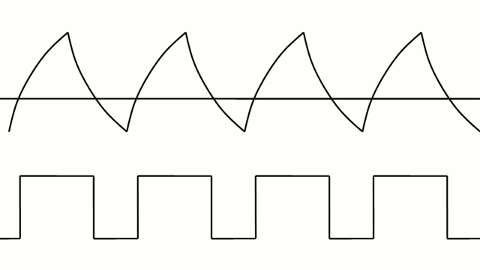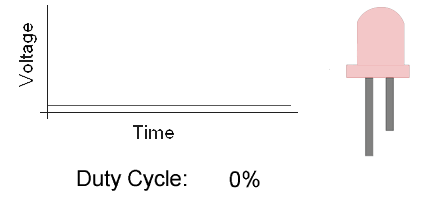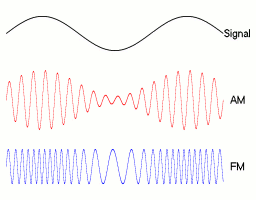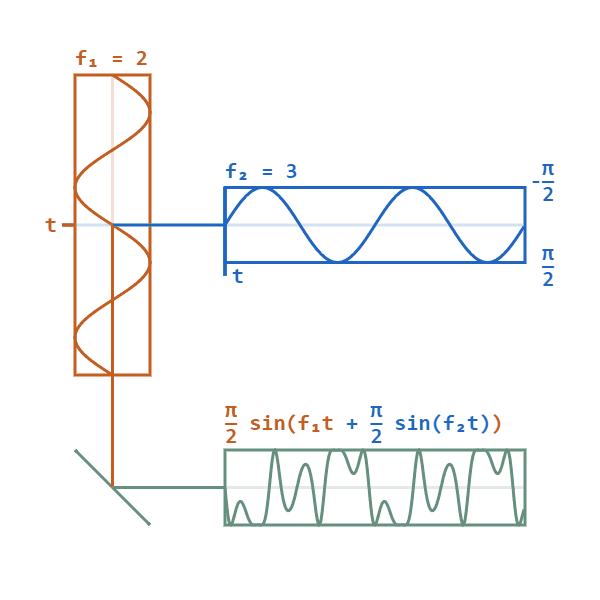Compiled by | strongerHuang
WeChat Official Account | strongerHuang
UART, SPI, I2C and other serial communications are very common methods in embedded development. The underlying communication principles are not difficult, but many beginners struggle to learn them.
Today, I will share some common underlying data transmission principles of these communications.
1UART Serial Port
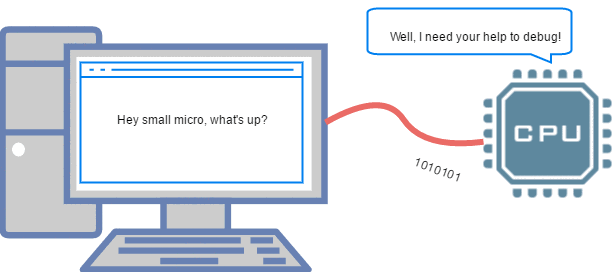
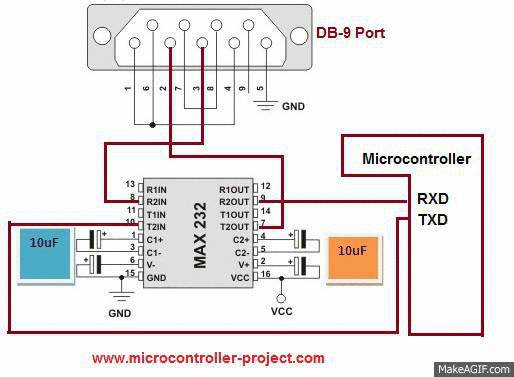
2SPI Serial Communication
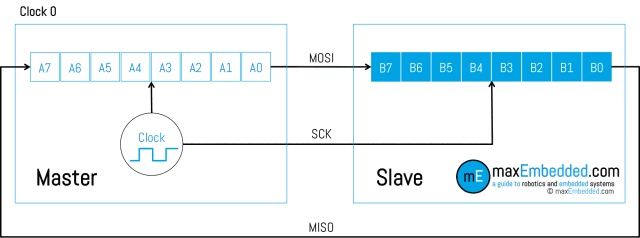

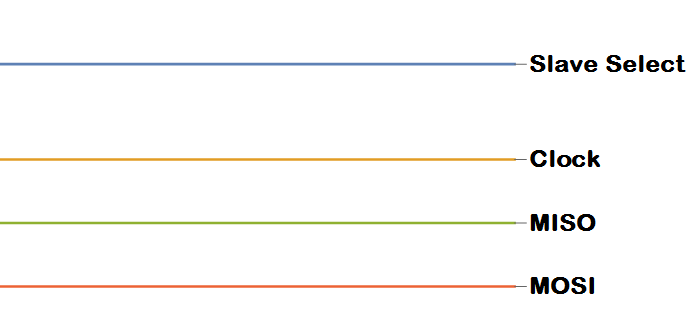
3I²C Communication
I²C: Inter-Integrated Circuit, literally meaning between integrated circuits, is commonly referred to as I²C Bus.
I²C mainly distinguishes and identifies slave devices via addresses, and its communication principle is relatively simple.
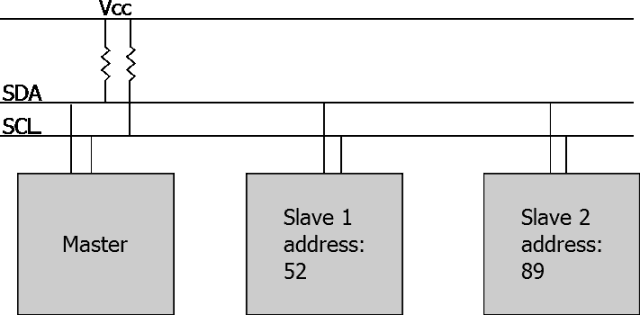
4Infrared Remote Control
Infrared remote control is quite common in our daily lives; most household remote controls are infrared.
Infrared remote control communicates by controlling pulse width (the duration of high and low levels), and it establishes a communication link via infrared wireless signals (it won’t work if blocked, but can reflect).

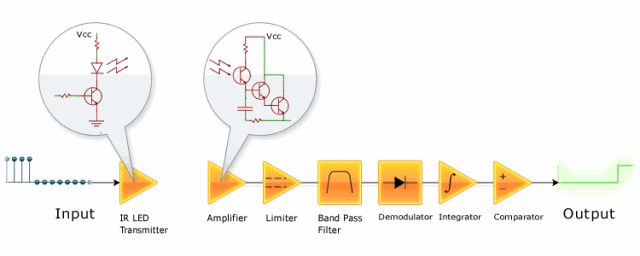

5Serial-to-Parallel Conversion Circuit
Serial-to-parallel conversion refers to converting serial data into parallel data, controlled by a clock signal to transmit one bit of serial data at a time, which forms a parallel data set (8 bits).
There are many off-the-shelf chips for this converter, and the principle is quite simple.
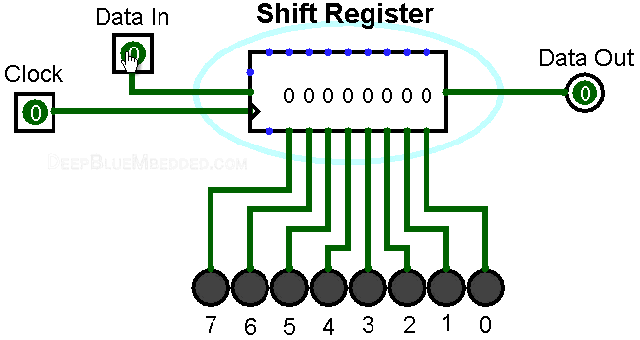

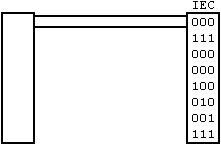
6Others
Here are some other principles of serial transmission (waveforms):
